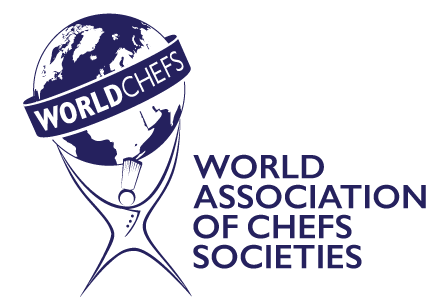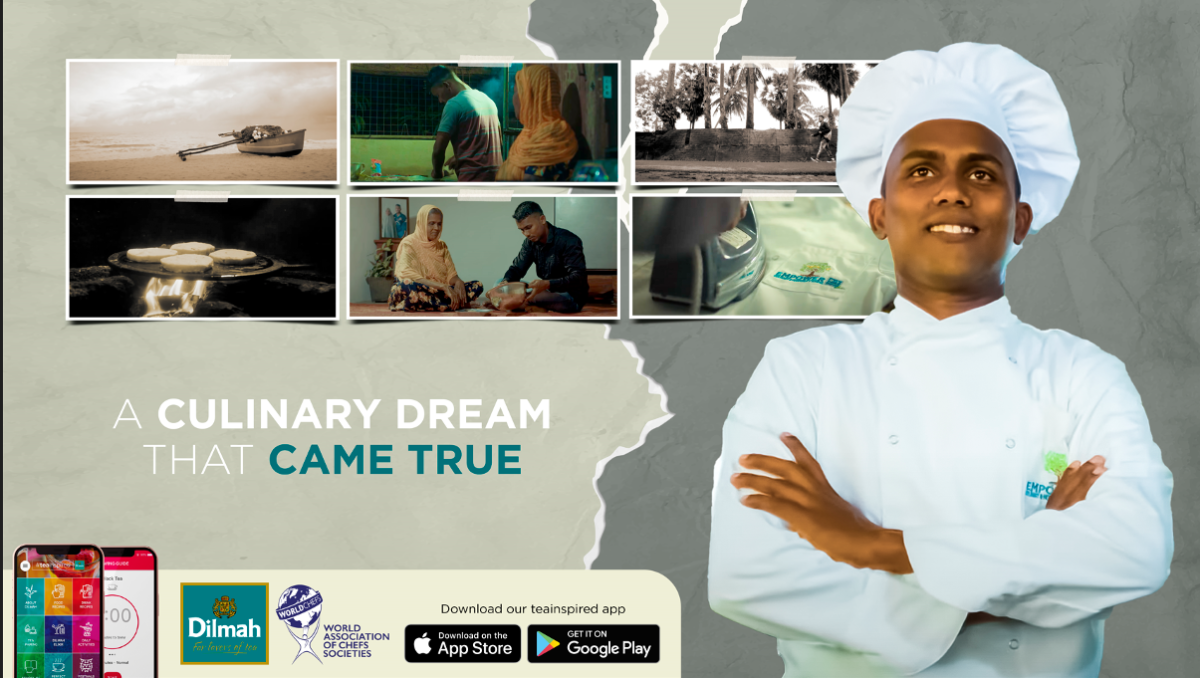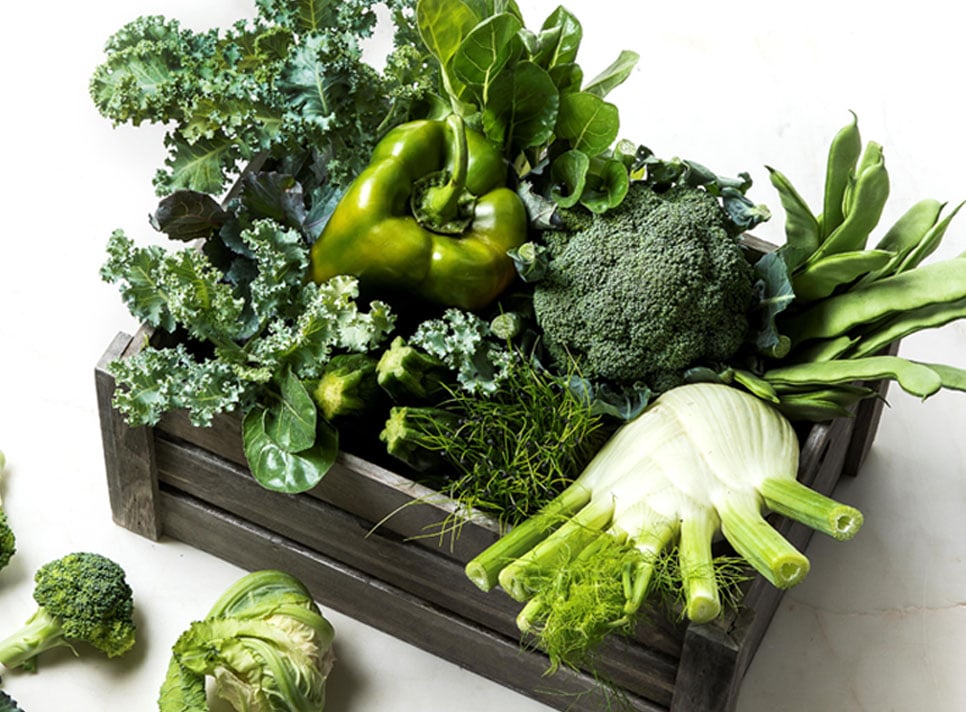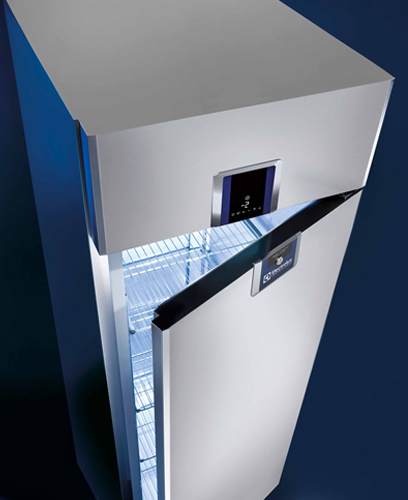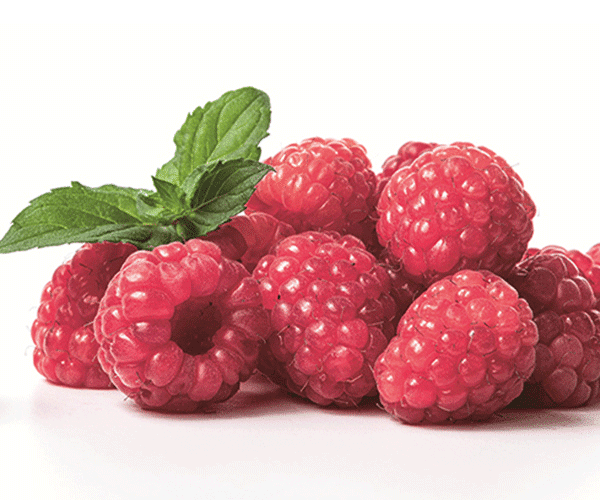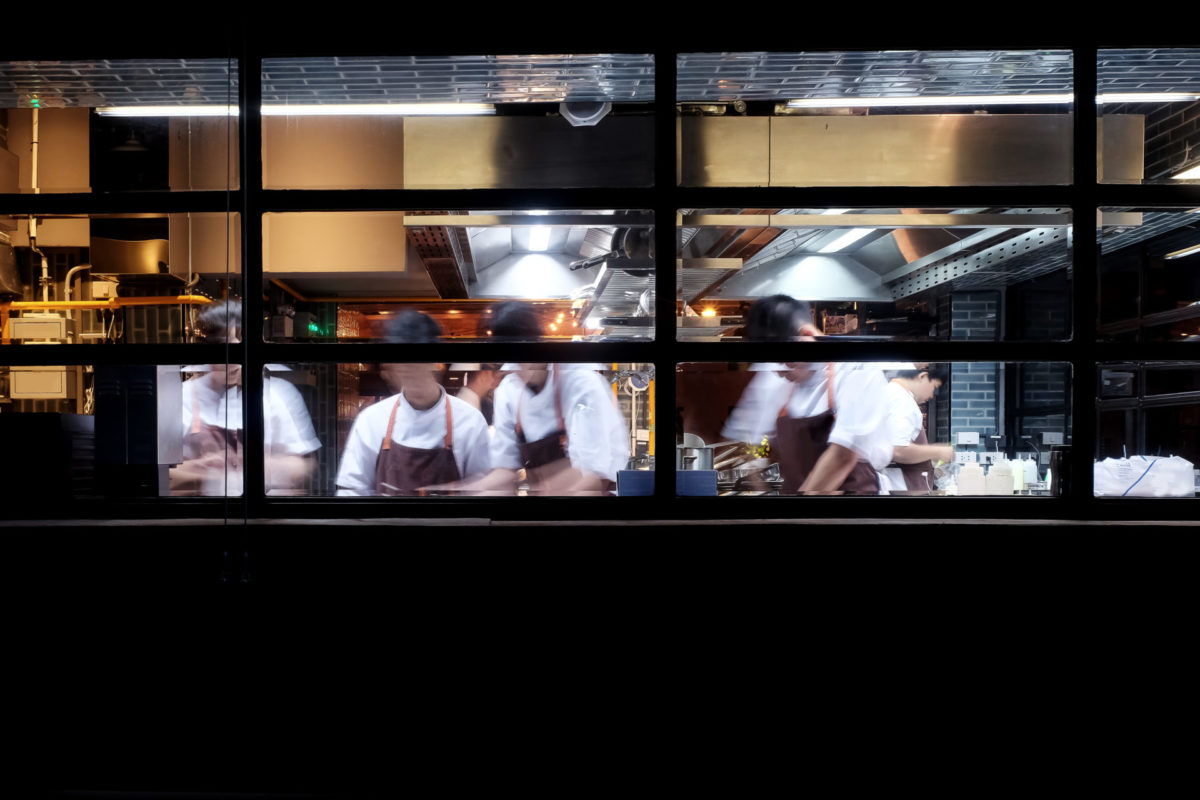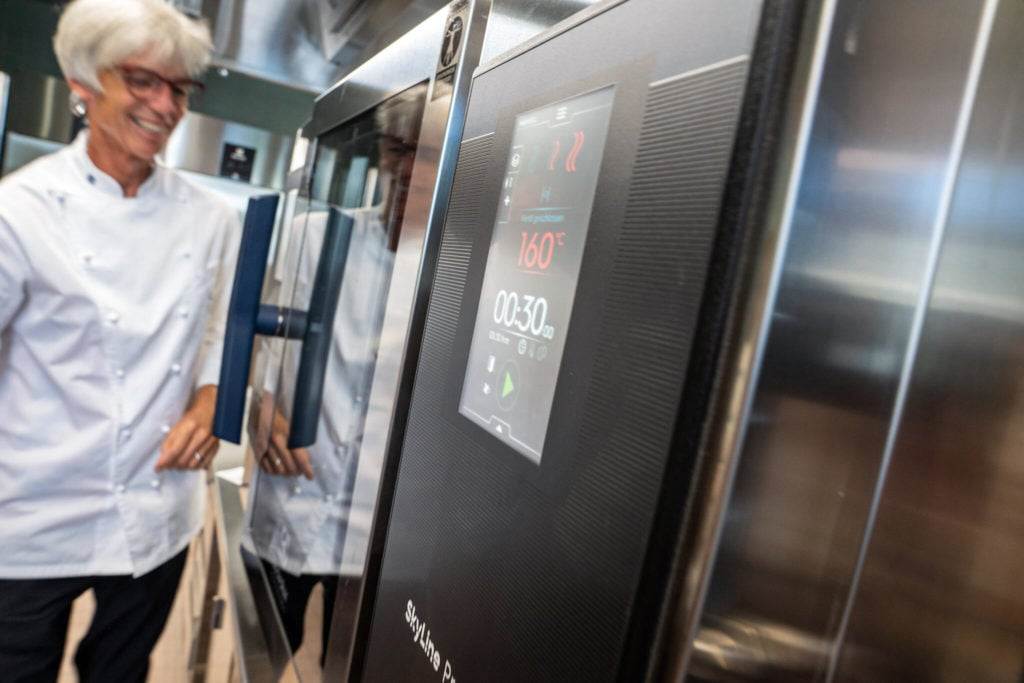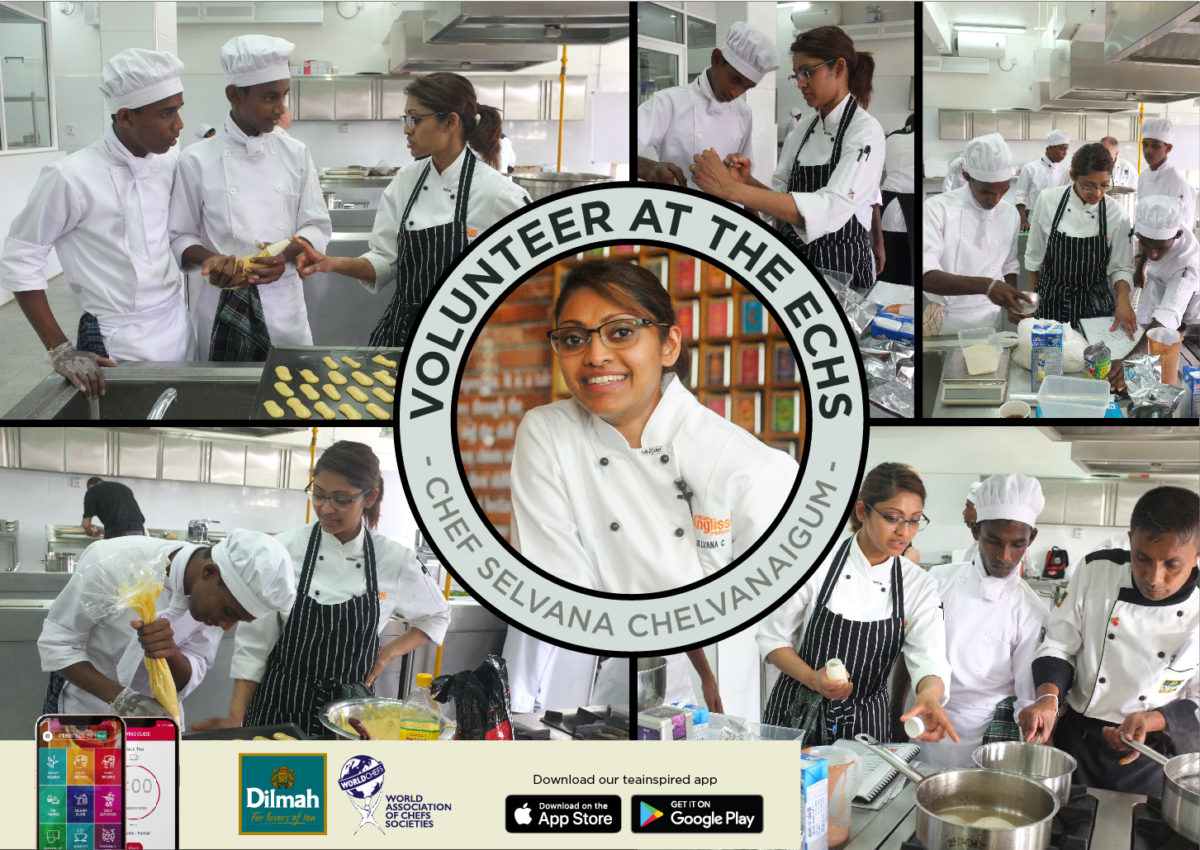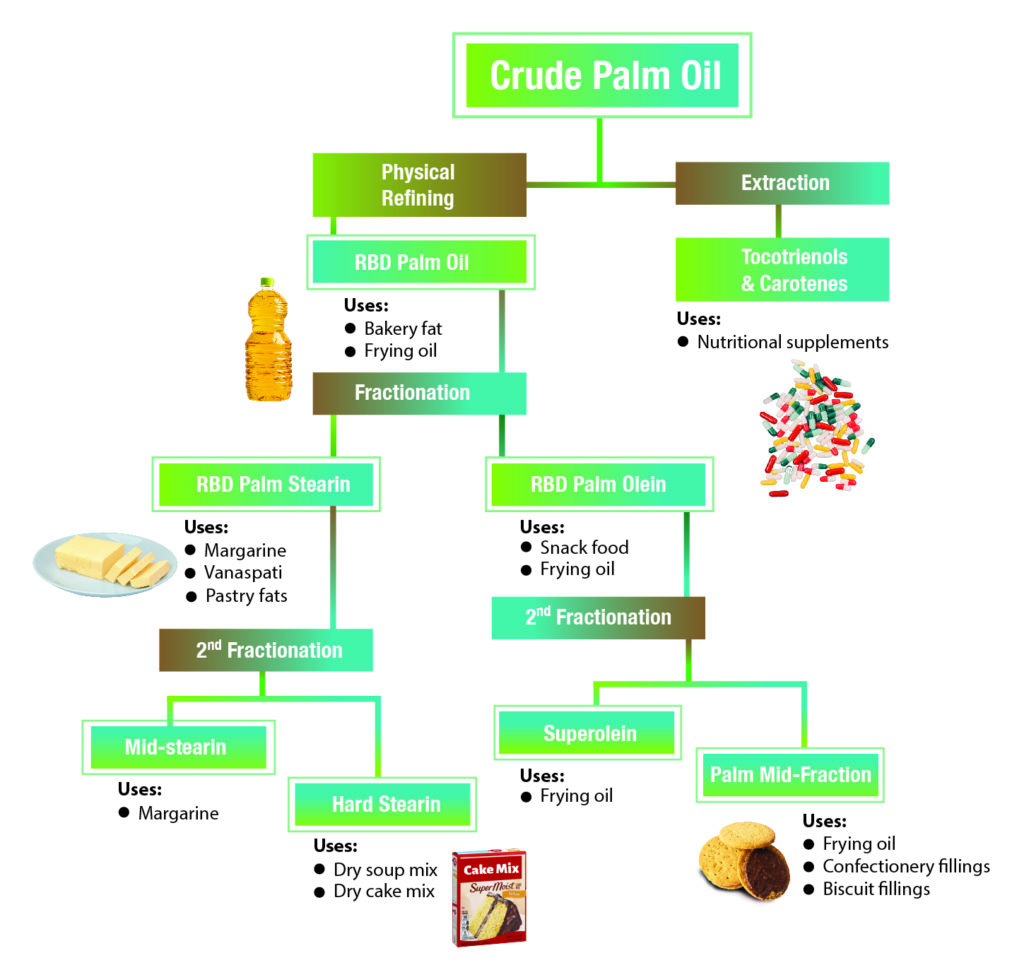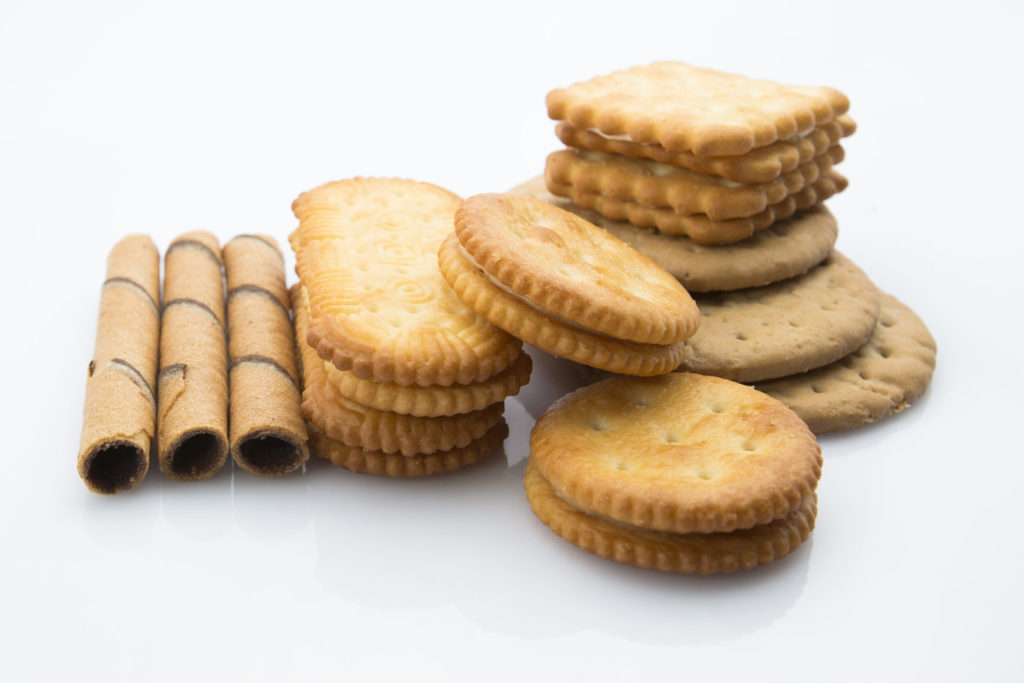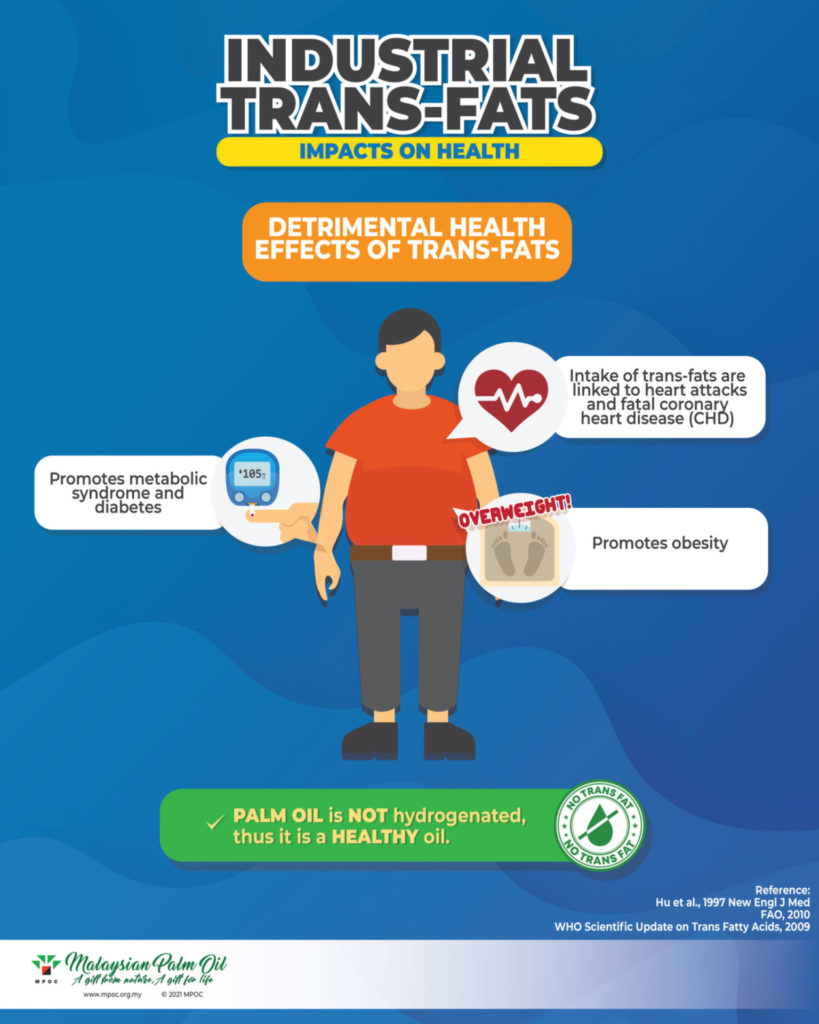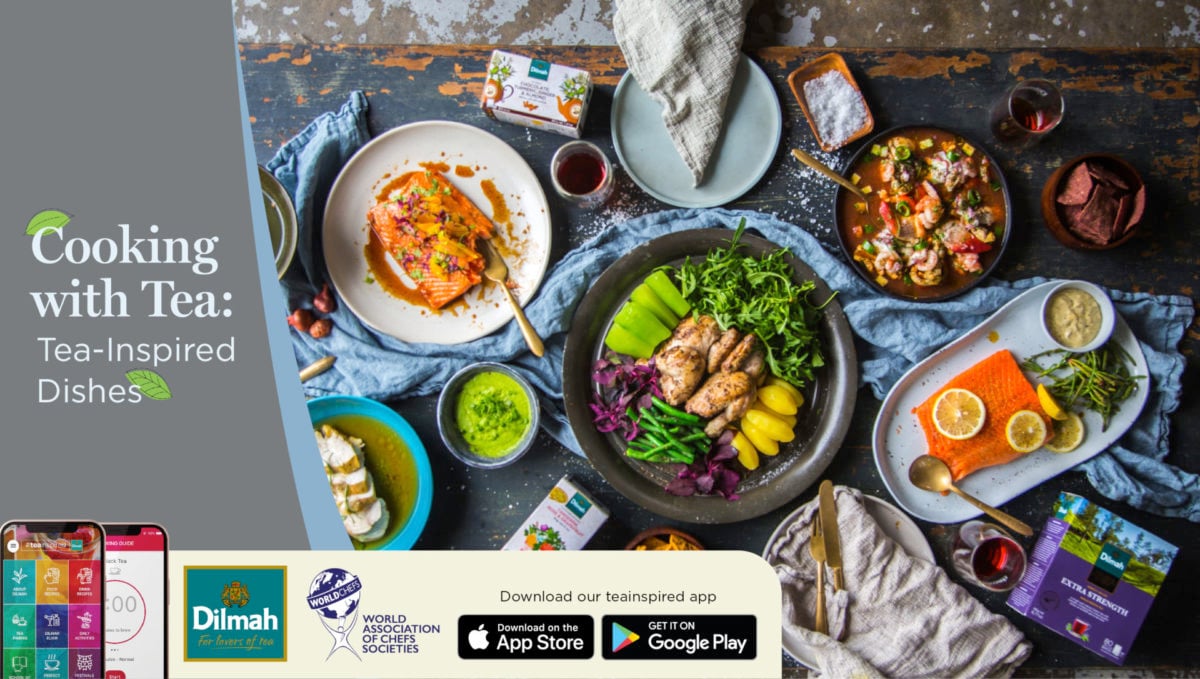Manager (International Development) – Hotel and Tourism Institute / Chinese Culinary Institute / International Culinary Institute

The Hotel and Tourism Institute, Chinese Culinary Institute and International Culinary Institute (HTI, CCI & ICI), a member of the Vocational Training Council (VTC), was established to fulfil the growing demand for trained manpower for the industry. It is the forerunner in Hong Kong providing quality vocational education and training for secondary school leavers and in-service professionals with an aspiration to enter the industry. Programmes offered by HTI, CCI & ICI are diversified, up-to-date, delivered by state-of-the-art facilities and meet the needs of the industry, which include Food and Beverage Service, Front Office Operations, Housekeeping Operations, Hotel Spa Therapies, Event Management, Tour Service and Travel Agency Operations, Chinese / International Culinary Skills, Catering Management, and Wine and Beverage Business Management.
Click to learn more about HTI, CCI & ICI
Hotel and Tourism Institute: https://www.youtube.com/watch?v=R1DsUgiXXvc
Chinese Culinary Institute: https://www.youtube.com/watch?v=5OkS6W0jO8o
International Culinary Institute: https://www.youtube.com/watch?v=LPsuO6q4mak
Job Post:
Manager (International Development)
Ref. no.: C/HTI/MGR(ID)/06/23-AP2
Major Duties:
- To establish, drive and maintain close network with international academic / vocational institutions, hospitality and culinary organisations, professional bodies, Consulates and Trade Commissions, etc.;
- To explore collaboration opportunities with international partners in curriculum development, consultancy, exchange and articulation programmes, etc.;
- To work closely with Marketing team to lead process improvements, create market plans for designated regions and to develop strategies to promote and build the brand awareness of the Hospitality Discipline;
- To lead and conduct market research into international culinary education, training trends and market opportunities for development of strategies and curriculum;
- To plan and implement culinary exchange programmes with overseas culinary training institutions and culinary associations;
- To promote and explore articulation pathways to higher / professional qualification programs abroad and within the Council;
- To work with local international schools and non-Chinese speaking organisations to recruit non-local students for the Institutes;
- To coordinate with international culinary and hospitality experts to conduct seminars / workshops for students; and
- To secure funding for students and staff development / exchange for overseas training activities.
Requirements:
- A recognised degree in relevant discipline, or equivalent;
- At least 5 years’ managerial experience at an appropriate level of responsibility in the hospitality or catering industry;
- Good records of professional development and linkages with the industry;
- Good understanding of the current and future development of the hospitality and catering industry;
- Good management and administrative experience at a senior level;
- Fluency in written and spoken English, preferably with knowledge of Cantonese and Putonghua; and
- Proficiency in common computer software application.
Notes:
- The post is in the rank of “Senior Lecturer” under the VTC Grade and Rank System.
- The appointee may be required to perform duties outside normal office hours and in designated places as assigned. Frequent international / regional travels will be required.
- In support of the Sexual Conviction Record Check (SCRC) Scheme launched by the Hong Kong Police Force, all prospective appointees will be requested to undergo the SCRC at the advanced stage of the employment process.
Benefits
- Competitive remuneration package to the right candidate. Appointment will be made on contract and renewal is subject to staff performance and service needs.
- Accommodation, travel relocation expense and baggage allowance will be provided for eligible appointee whose current / normal places of residence is proven to be outside of Hong Kong.
Application Procedures:
Interested applicants should apply for the post via email. A completed application form [VTC-1 (Rev. 3/2023)], together with a full curriculum vitae, should be sent to [email protected].
Candidates should take note of the following:
- Completed application form (VTC-1) and detailed curriculum vitae (CV) should be combined into one file in PDF format with a file size below 10MB.
- The file should be saved with the applicant’s name as “your surname and given name”, e.g. “CHAN Tai-man.pdf”.
- For the email subject, please cite “Application for Manager (International Development) (C/HTI/MGR(ID)/07/23-AP2)”.
- Original and copy of other supporting documents are to be provided at a later stage upon request.
Closing date for application: 16 July 2023
Applicants not invited for interview within 10 weeks from the closing date may consider their applications unsuccessful.
The Council reserves the right not to fill the post(s).
Personal data collected will be used for recruitment purposes only. Information on unsuccessful candidates will normally be destroyed 12 months after the completion of the recruitment exercise.
To search this job and thousands more, create your free Worldchefs online account!
Want to post a job with Worldchefs? Get in touch!
